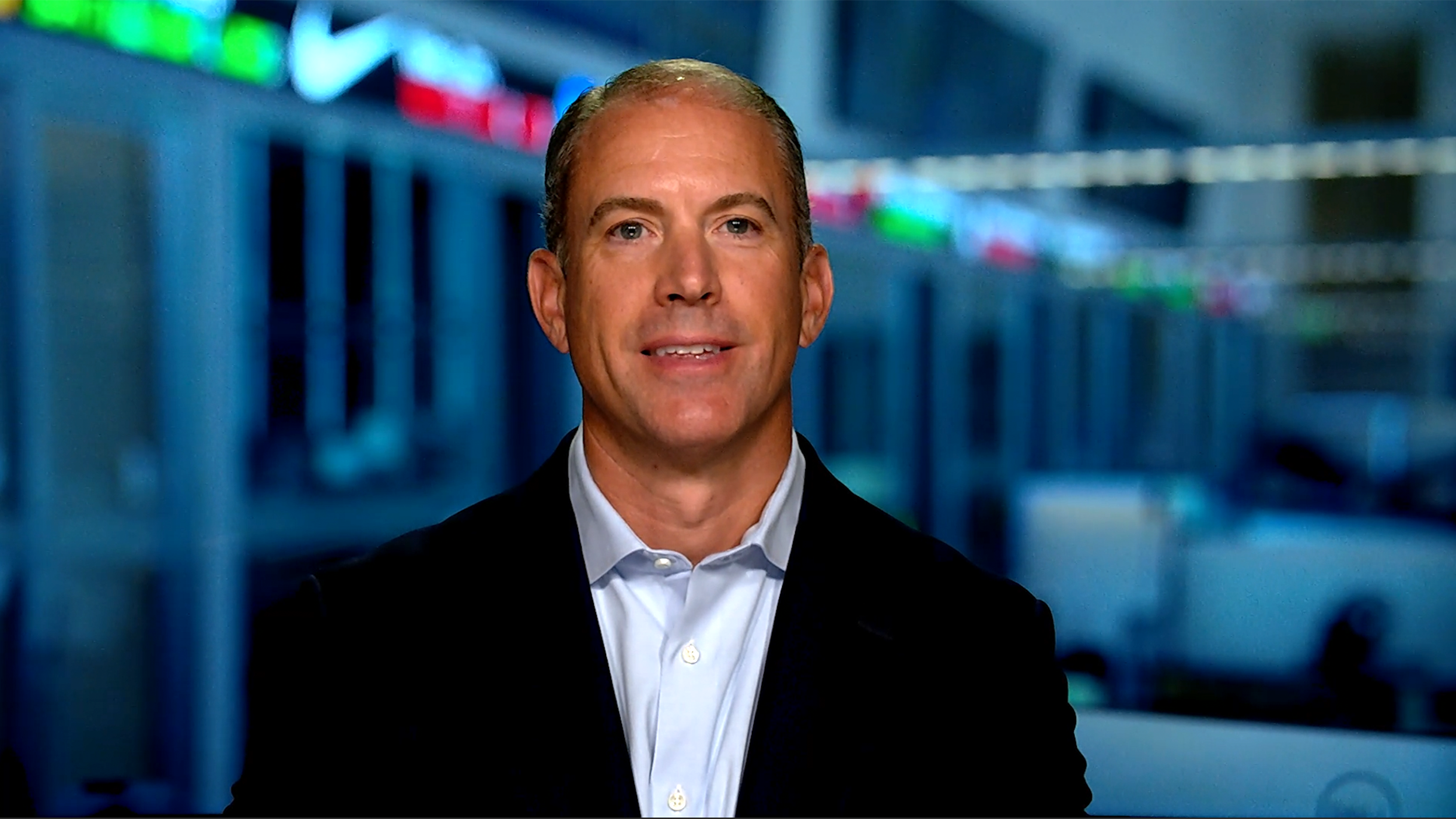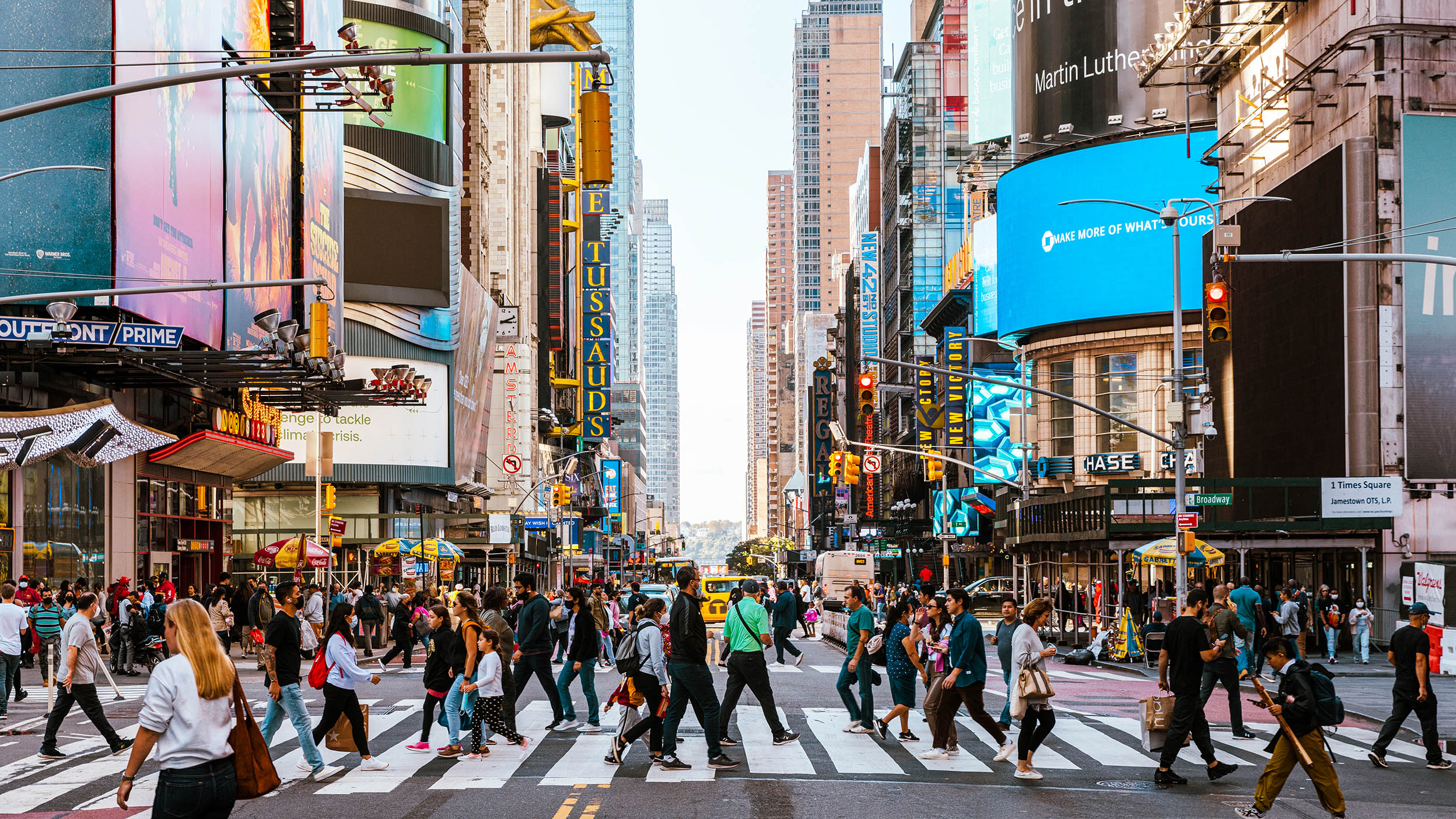
Fixed Income Bond bites: Ideas and insights in under three minutes
Today’s yield environment offers Canadian investors high-quality, stable income. Our Head of Investment Grade Portfolio Management explains why.
Insights on investing implications, market movements, and structural changes in a shifting world.

Today’s yield environment offers Canadian investors high-quality, stable income. Our Head of Investment Grade Portfolio Management explains why.

The Federal Reserve’s next move is on investors’ minds. What could a rate cut mean for investment grade bonds? We answer this question and more.

What AI-driven earnings, potential rate cuts, tight credit spreads, and mergers and acquisitions activity may mean for bond portfolio positioning.

Reduced cross-border investment in new US commercial real estate may impact US and global property sectors, markets, and assets differently.

Our insights on strong bond returns, Federal Reserve rate cuts, tight credit spreads, and investor trends in a resilient economic environment.

Despite uncertainty around Federal Reserve rate cuts, credits spreads, and tariffs, bonds have had solid performance and yields have been attractive.

An important leading indicator for commercial real estate is suggesting a high probability for property value growth in 2025, even amid tariff policy volatility.

In the uncertain environment, we’re constructing a well-diversified portfolio to help weather the current storm but also benefit when things improve.

Sharp shifts in US tariff policies have disrupted markets. Here’s insight on what it might mean for private real estate investments.
Get fresh perspectives on economic trends and events impacting the markets.
Insights from the Invesco Tax & Estate team on tax and estate planning.
Insights on the economy, the markets, and investments from our global experts.
NA2252900
Important information
Commissions, management fees and expenses may all be associated with investments in mutual funds and exchange-traded funds (ETFs). Trailing commissions may be associated with investments in mutual funds. For mutual funds the indicated rates of return are the historical annual compounded total returns, including changes in share/unit value and reinvestment of all distributions, and do not take into account sales, redemption, distribution or optional charges, or income taxes payable by any investor, which would have reduced returns. For ETFs unless otherwise indicated, rates of return for periods greater than one year are historical annual compound total returns including changes in unit value and reinvestment of all distributions, and do not take into account any brokerage commissions or income taxes payable by any unitholder that would have reduced returns. Mutual funds and ETFs are not guaranteed, their values change frequently and past performance may not be repeated. There are risks involved with investing in ETFs and mutual funds. Please read the prospectus before investing. Copies are available from Invesco Canada Ltd. at invesco.ca
Some references are U.S. centric and may not apply to Canada.
These are the personal views of the author as at the date indicated, and not necessarily the views of Invesco Canada. The views expressed above are based on current market conditions and are subject to change without notice; they are not intended to convey specific investment advice. Forward-looking statements are not guarantees of performance. They involve risks, uncertainties and assumptions. Although such statements are based on assumptions considered to be reasonable, there can be no assurance that actual results will not differ materially from such expectations.
Products discussed are available to Canadian investors only.
This link takes you to a site not affiliated with Invesco. The site is for informational purposes only. Invesco does not guarantee nor take any responsibility for any of the content.